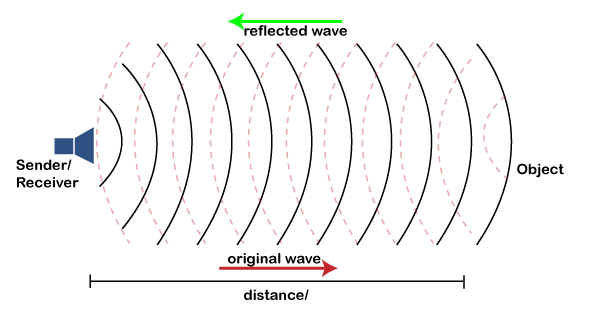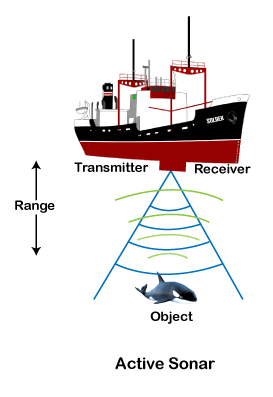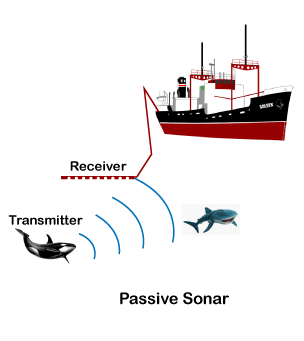Sonar DefinitionWhat is SONAR?The SONAR stands for Sound Navigation and Ranging. Here, Navigation signifies the process to detect the route or the direction towards the destination. Here, Navigation implies the method to detect the object under the water. Navigation can also be defined as submarine navigation. The Ranging signifies the distance between the device and the object. It means that SONAR is a device used to detect the objects under the water by sending sound waves or echo. Sound waves are preferred because it travels faster in water than any other medium (light waves or radar waves). Let's have a look at its definition. DefinitionSONAR or Sound Navigation and Ranging are a system or technology used to detect the objects under water by sending the sound waves that is further reflected by the objects. History
PrincipleThe Sound Navigation and Ranging system (SONAR) uses ultrasonic sound waves of high frequency to detect the object or organism underwater. Working Process of SONARSONAR sends sound waves under the water in oceans. We can also say that it sends pulses of sound waves under the water. The phenomenon of reflected waves from the object is shown below: 
The concept of SONAR is based on a similar phenomenon as shown above. When these sound waves hit any object, such as whales, fish, submarines, etc., it reflects the source. Thus, the sound waves emitted by the source (SONAR) can be called a transmitter. It also acts as a receiver as it receives the sound waves reflected from the object. SONAR calculated the time difference between the sending and receiving of sound waves. With the help of time, the distance is calculated between the SONAR and the detected object. The speed of sound is already known. Hence, SONAR can easily calculate the distance with the help of time between Types of SONARSONAR uses either a transducer or acoustic waves to detect the objects underwater. The process of detection of the objects is similar to the radar system. SONAR is categorized into two types, namely Active SONAR and passive SONAR. Let's discuss the above types of SONARs in detail. Active SONARThe active Sound Navigation Ranging system uses transducers as the source for emitting sound waves. The transducers emit acoustic sound waves in the form of signals or pulses. These waves pass under the water. As soon as the wave reaches the object, it reflects. The reflected wave from the object reaches the transducer. The speed of sound waves pulses is fixed. SONAR measures the time between the sending and receiving of sound waves. It helps in calculating the distance between the SONAR and the object. In similar ways, the depth of oceans, etc., can be easily calculated with the help of SONAR. It is shown below: 
Passive SONARPassive SONAR does not emit its own sound waves like Active SONAR. Thus, passive SONAR is commonly used for scientific research and military applications. Such applications do want their signal or waves to be found by others. Passive SONAR listens to the acoustic signals transmitted by the external sources. 
The passive SONAR detects the upcoming sound waves from the object under water in the oceans. It can only measure the range if it is used in combination with the other passive listening devices. SONAR ConceptThe concept of Sound Navigation and Ranging systems arises from bat or whales. The bats emit echolocation sound waves at night. It helps them to catch the prey. The echoes transmitted by the bats reflect after striking the object (particularly insects). The reflected echoes help bats to determine the distance of the insect. Such a process is also known as bio-SONAR. Sound waves have less attenuation in the water. Sound waves are also considered mechanical waves, which do not lose any energy inside the water. Advantages of SONARThe advantages of the Sound Navigation and Ranging system are listed below:
Disadvantages of SONARThe disadvantages of the Sound Navigation and Ranging system are listed below:
Applications of SONARThe applications of Sound Navigation and Ranging system are listed below:
Next TopicAsthma
|
 For Videos Join Our Youtube Channel: Join Now
For Videos Join Our Youtube Channel: Join Now
Feedback
- Send your Feedback to [email protected]
Help Others, Please Share










